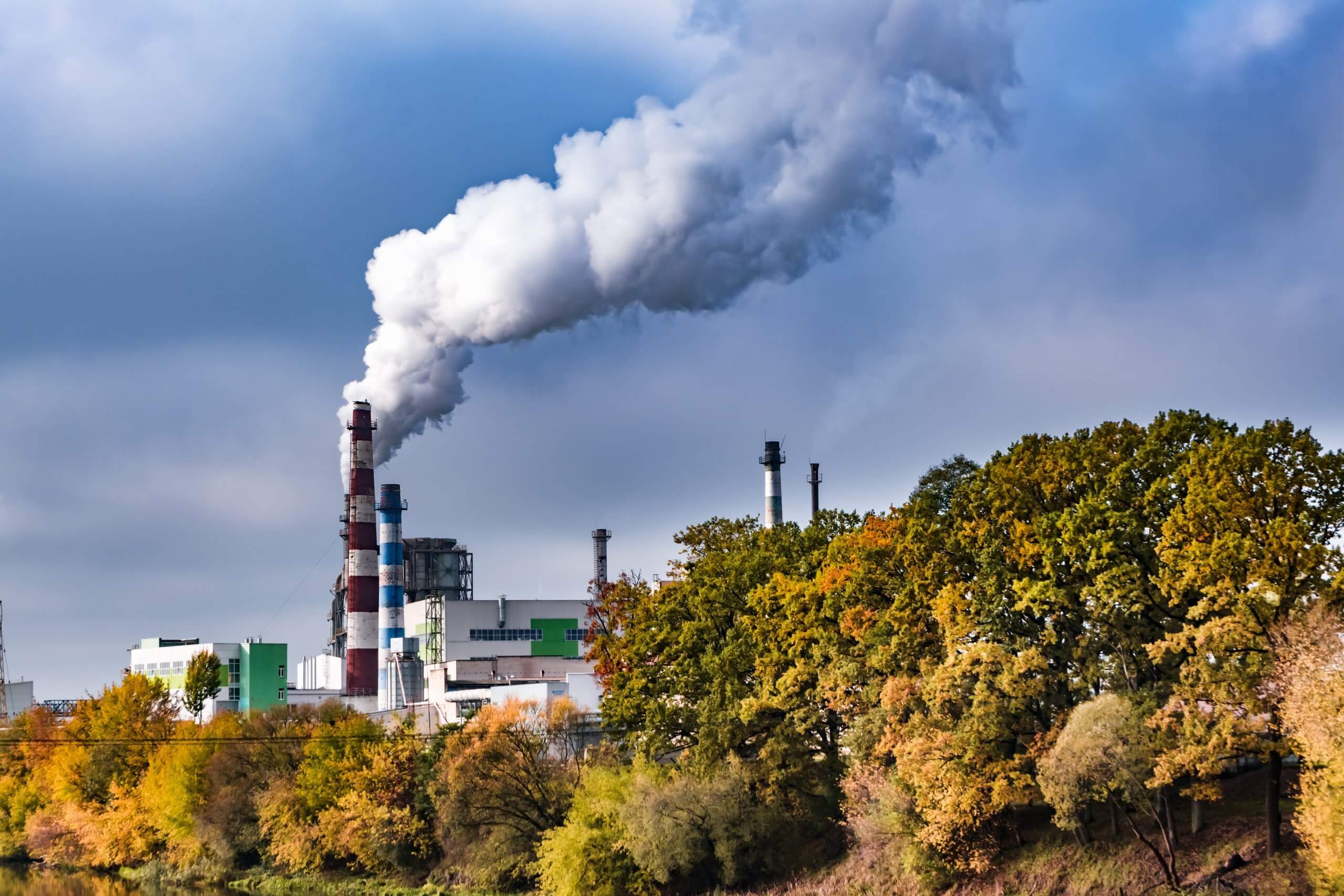Outdoor air pollution was responsible for the death of 3.4 million people in 2017. This translates to 6% of the world’s population at that time. Outdoor air pollution poses a serious threat to not only the environment but human health. And considering indoor air can be even worse, air pollution presents a true risk, indoors and out. In order to prevent outdoor air pollution from disrupting indoor air quality, it is important to understand how outdoor air pollutants enter the home and how they impact indoor air quality.
How Do Outdoor Air Pollutants Enter Your Home?
There are two common ways in which outdoor air pollutants enter our homes: natural ventilation and infiltration. Natural ventilation invites outdoor air pollutants in via open windows and doors. This type of ventilation is generally purposeful but can pose a risk when outdoor air quality is poor. Infiltration occurs when outdoor air pollutants sneak inside through cracks, joints and openings in the home’s foundation. Infiltration is not intentional and is a result of the home’s age or weather damage.
Furthermore, each and every time we enter our homes, we bring with us a host of outdoor air pollutants. Unhealthy particles and contaminants stick to hair, clothes and the bottom of our shoes.
Outdoor Air Pollution and Indoor Air Quality
It might seem counterintuitive, but the key to proper indoor air quality is the circulation of fresh, outdoor air. Thus, if outdoor air quality is poor then it will worsen indoor air quality.
Polluted outdoor air may contain ozone and particulate matter (PM10 and PM2.5), in addition to chemicals like nitrogen dioxide, carbon dioxide and sulfur dioxide. These pollutants come from car exhaust fumes, smoke from wildfires, landfill waste and agricultural practices.
If these pollutants enter your home, they can pose a serious health risk for you and your family. Over both short and long term periods, outdoor air pollutants affect the cardiovascular, respiratory and reproductive systems.
Certain seasons, such as spring, also impact outdoor air quality. Spring brings high levels of pollen which can easily enter homes and exacerbate allergies. Regardless of the time of year, there is a direct relationship between outdoor air and indoor air.
Mechanical Ventilation Limits Outdoor Air Pollution and Improves IAQ
A mechanical ventilation system improves indoor air quality while reducing outdoor air pollution through filtration. Rather than relying on fresh air through natural ventilation or infiltration, mechanical ventilation purposefully brings in clean outside air and rids the space of polluted stale air. Outdoor air quality is then less of a concern because mechanical ventilation mitigates outdoor air pollution risks by filtering the incoming air.
A balanced whole-home mechanical ventilation system utilizes fans and ductwork to exchange stagnant indoor air with fresh outdoor air. This function is a combination of exhaust and supply ventilation systems, respectively. Mechanical ventilation systems that are balanced maintain a state of equilibrium by exchanging indoor and outdoor air at an equal rate. This whole-home solution installs directly into your home’s existing HVAC system. It also reduces the unit’s workload (because air is filtered and cooled automatically!), saving you money in the long run.
IAQ Solution: Mechanical Ventilation
Installing a whole-home mechanical ventilation system is the best way to ensure proper air circulation and incoming fresh air, without compromising indoor air quality. There are two residential mechanical ventilation systems available. Find out more about ERVs, HRVs and how to choose the best one for your home.



